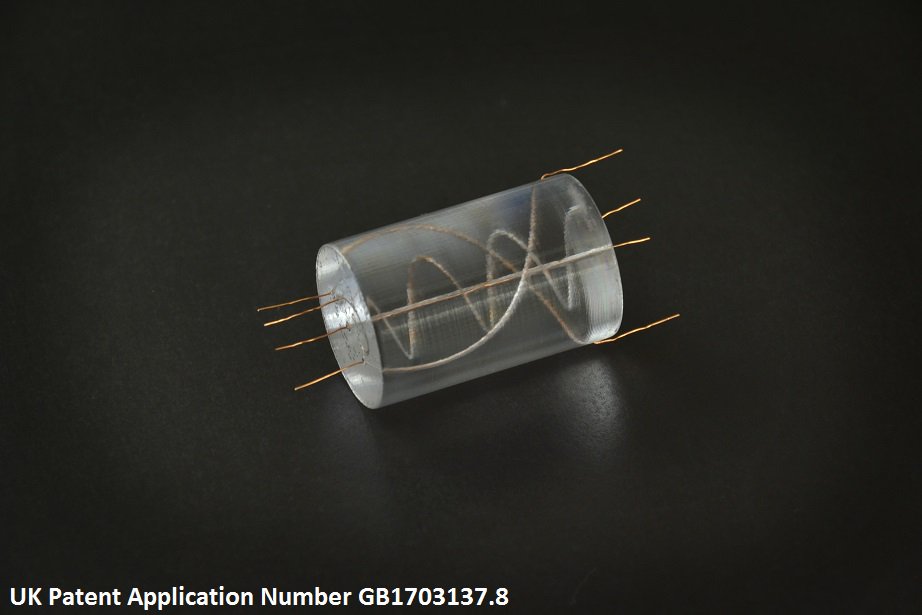The University of Sheffield Advanced Manufacturing Research Centre (AMRC) with Boeing has developed a new patent-pending hybrid 3D printing process called THREAD.
The THREAD process enables the manufacturing of objects with integrated electrical, optical and structural elements. According to the AMRC with Boeing, the fully automated process is suitable for a number of additive manufacturing (AM) platforms but has so far been successfully developed with “machines used for 3D printing polymer components.”
The AMRC was co-founded with Boeing 16 years ago in 2001 and Development Engineer and AM specialist Mark Cocking believes THREAD “is a potential game-changer.”
Mark Cocking is the inventor of the THREAD technology and we spoke to him to find out more about the process.

Intertwining thread
As the name suggests, the THREAD process allows for materials to be intertwined inside a 3D printed component.
Speaking to the inventor, Mark Cocking, he explained the method was initially developed on a stereolithography (SLA) printer but with the technology patent-pending was unable to reveal the full details of this process. Despite this, Cocking revealed THREAD is “not tied to a single AM process platform” and states that the team are now moving “towards polymer process groups such as DLP and powder based.”
Cocking also revealed the process, “embeds strand material of differing material groups i.e. copper, fiber optic, steel, nitinol, etc, it is also possible that tubes could be embedded.” Copper is a particularly significant material as it has vast potential for electronics devices. This is something metal 3D printing company Optomec is familiar with as it develops copper inks for 3D printed electronics.
Single or multiple strands can be embedded at a rate that does not effect the original build time of the component, no matter the process. There is no need to stop, pause, remove, re jig or post process.

Applying THREAD
Interestingly, Mark Cocking states that “THREAD has potential to be developed as an add-on technology for existing AM platforms and also incorporated into next generation AM technologies,” which suggests that the technology will be compatible with existing additive manufacturing systems.
The AMRC believes the process has many applications for the ability to incorporate electronics into 3D printed components. This would have application for producing parts without the need to secure external electronic connections. The opportunity to produce complex shapes with 3D printing has led others in the past to embed electronics, with researchers in Singapore creating an ULTEM 3D printed drone with electronics embedded.
Mark Cocking, believes THREAD has wide application and “could be used across many sectors such as medical, aerospace and automotive; where weight and size of components is critical or where components would benefit from integrated data transfer and the protection of sealed connective tracks.”
According to the AMRC, the patent-pending technology has the potential to “add multiple industry-recognised threads of differing materials into one component, giving the component additional functions. This will open AM up to a greater variety of uses.”
The 3D Printing Industry Awards is now just weeks away, so make sure you place your votes to decide this year’s winners.
To stay up-to-date with the latest additive manufacturing news, sign up to our newsletter and follow us on twitter and Facebook.
Featured image shows the AMRC Factory 2050. Photo via AMRC.


